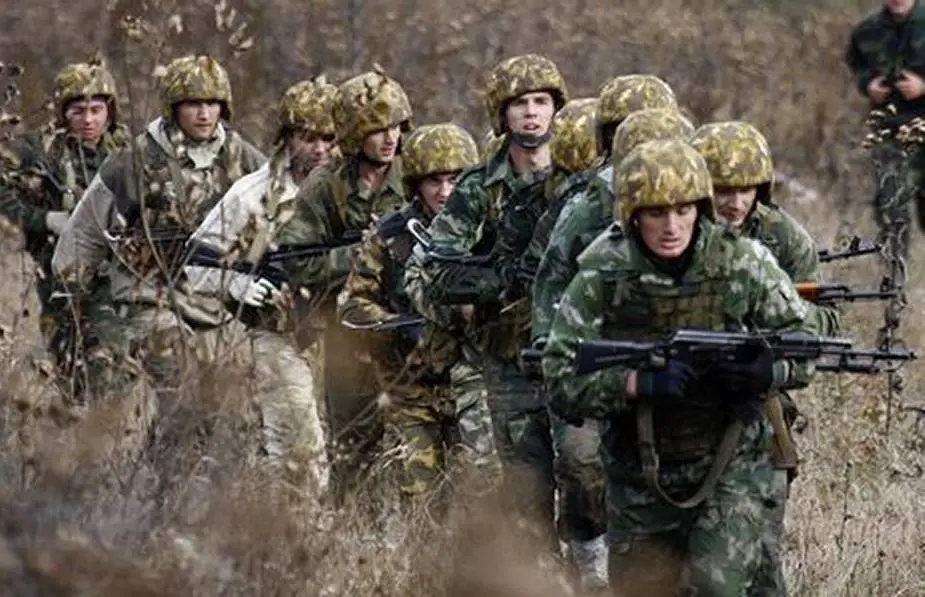It is to be noted that reconnaissance activities, as a raid, search and ambush in the classical format are difficult to implement in modern conditions of non-linear combat actions with asymmetric and hybrid features. Experience shows that the methods are mostly used by commandos staging a special operation in a deep rear, e.g. a raid, together with the weapons of combat platforms that are different in characteristics and engagement spheres. A raid, search and ambush acquire clear combat features by the structure and contents when reconnaissance data becomes a secondary task.
Follow Army Recognition on Google News at this link

Experts believe the reconnaissance and guidance groups will increase the capabilities of organic reconnaissance units several times (Picture source: Russian MoD)
There are two trends in reconnaissance in modern conditions and the near future.
Firstly, there are increased spatial and time capabilities of technical reconnaissance means, outfit and other arms to precisely determine target coordinates and reduce the strength of reconnaissance units for the implementation of traditional missions.
Secondly, there is an objective necessity and ability of reconnaissance units to engage in limited combat in reconnaissance-fire and reconnaissance-strike forces of corresponding various-level military formations.
The trends expose problems with the training and engagement of army reconnaissance. Firstly, the existing instructions do not fully correspond to the combat experience of scouts in modern armed conflicts. Secondly, it may seem paradoxical, but the reconnaissance training level of motorized rifle, tank and other units of the armed forces is low. The problem has been progressing in all world armies after the end of World War 2. It is often a reason for a considerable growth of missions for the reconnaissance units and their engagement in extrinsic activities.
It is possible to resolve the problem and increase the engagement effectiveness of army reconnaissance by streamlining its structure and composition and specifying and developing new forms of reconnaissance. It would be appropriate to create a minimal basic body of army reconnaissance with independent functions, such as a reconnaissance and guidance group comprising three-four men. It has to engage in reconnaissance in a direction or region to the whole depth of the responsibility zone of the military formation. The group is to be provided by a reconnaissance patrol, group or other units directly operating in the enemy rear or it can be an independent reconnaissance unit provided by all headquarters, beginning from a battalion.
The reconnaissance and guidance group shall have the following main tasks: expose important hostile targets and provide guidance; stage subversive operations, organize rebel and counter-rebel and guerrilla actions; organize surveillance in adversary rear; participate in reconnaissance and combat actions with limited purposes; promote the combat potential of reconnaissance-strike and reconnaissance-fire forces of various types and arms of formations or large units.
Experts believe the reconnaissance and guidance groups will increase the capabilities of organic reconnaissance units several times. They will provide reconnaissance teams without increasing their staff matrix and expand the range of missions, as well as quality and quantity requirements to reconnaissance, and flexibility in its implementation. Thus, it will create the basis for the development of reconnaissance methods and engagement forms.
© Copyright 2021 TASS / Army Recognition Group SPRL . All rights reserved. This material may not be published, broadcast, rewritten or redistributed.














